I am a child of the US South. I grew up eating cornbread in all it’s forms, but I have never thought about Cornbread as a tool in Genealogy (Anthropology, Sociology). Cornbread Genealogy.
Last night the spousal unit and I had dinner here in Ottawa (the 5th coldest national capital in the world – and the snowiest this year) at a warm, comfort food place called the Foolish Chicken. it’s is a good place to have good chicken. It’s not particularly “southern”, no collards or sweet potato soufflé, but they do serve cornbread with most everything on the menu. Being a self proclaimed cornbread connoisseur I have enjoyed the Cornbread at the foolish chicken often.
Last Night’s Cornbread?
It was fabulous. Creamy, fluffy, slightly sweet with whole corn and green chili’s inside to give it an extra burst of moistness and flavor. Being a connoisseur of cornbread, I can tell you that this bit of cornbread was among the best I had ever tasted.
Cornbread Genealogy
At some point in the last week I read an article about cornbread, Why does sugar in cornbread divide races in the South? By Kathleen Purvis (March 29th, 2016 edition of the Charlotte Observer). In the article she describes cornbread from two Charlotte eateries, “…(their versions of) cornbread are humble things. But they represent something deeper: The dividing line between black Southerners and white ones. As examples of one of the defining staples of Southern food, they also are a marker of food history that speaks volumes about origins and identity, about family and what we hold dear.
Culinary historians have debated this one for years: Did the descendants of slave cooks who were exposed to British baking styles come to value cornbread that was lighter and softer? Did the children of farm-based white Southerners get used to unsweetened cornbread that tasted more emphatically like corn? Whatever caused it, the line is drawn.
‘You have to have sugar in your tea and your cornbread,’ says La’Wan Adams, the owner of La’Wan’s. ‘People will ask, ‘Is it like Jiffy? Is it like cake?’
If you are white, you likely fall into the camp of Lupie Duran, the retired owner of Lupie’s.
‘To me, sweet cornbread is like Jiffy mix. And that’s not the Southern kind. No sugar. It’s not my thing.'”
Read more here…
It’s an interesting idea.
Where I grew-up, and in my family, we always had slightly sweet cornbread homedmade and via Jiffy Mix. My Mom owns her own business and sometimes having a quick fix for something to go along with her ALWA YS well prepared dinners (no tv dinners for us) was a good thing. We also occasionally had cornbread made by Cammie, our nanny, housekeeper, cook and second/third mama. It was always cooked in an iron skillet and served hot from the oven. Comfort food in the extreme.
YS well prepared dinners (no tv dinners for us) was a good thing. We also occasionally had cornbread made by Cammie, our nanny, housekeeper, cook and second/third mama. It was always cooked in an iron skillet and served hot from the oven. Comfort food in the extreme.
Cornbread Variations – From WikiPedia
Baked cornbread – “In the United States…Southern cornbread has traditionally been made with little or no sugar and smaller amounts of flour (or no flour), with northern cornbread being sweeter and more cake-like.
Corn pone – “Corn pone…is a type of cornbread made from a thick, malleable cornmeal dough (which is usually egg-less and milk-less) and cooked in a specific type of iron pan over an open fire (such as a frontiersman would use), using butter, margarine, shortening, or cooking oil. Corn pones have been a staple of Southern U.S. cuisine, and have been discussed by many American writers, including Mark Twain…
In the Appalachian Mountains, cornbread baked in a round iron skillet, or in a cake pan of any shape, is still referred to as a “pone” of cornbread…
The term “corn pone” is sometimes used derogatorily to refer to one who possesses certain rural, unsophisticated peculiarities (“he’s a corn pone”), or as an adjective to describe particular rural, folksy or “hick” characteristics (e.g., “corn pone” humor).”
Hot water cornbread – “Cooked on a rangetop, one frying method involves pouring a small amount of liquid batter made with boiling water and self-rising cornmeal (cornmeal with soda or some other chemical leavener added) into a skillet of hot oil, and allowing the crust to turn golden and crunchy while the center of the batter cooks into a crumbly, mushy bread….
Johnnycakes – Pouring a batter similar to that of skillet-fried cornbread, but slightly thinner, into hot grease atop a griddle or a skillet produces a pancake-like bread called a johnnycake. This type of cornbread is prevalent in New England, particularly in Rhode Island, and also in the American Midwest and the American South…
Hushpuppies – A thicker buttermilk-based batter that is deep-fried rather than pan-fried, forms the hushpuppy, a common accompaniment to fried fish and other seafood in the South. Hushpuppy recipes vary from state to state, some including onion seasoning, chopped onions, beer, or jalapeños….” WikiPedia
Mouth Watering yet?
Aside from Ms. Purvis’s racial line of thought, we should be able to scour family cookbooks for clues about where the recipe authors lived. My family surely shows that the type of cornbread you eat isn’t really an indicator of your race. But it is certainly an indication of geography.
In one of the Recipe books inherited from my grandmother, you can see where she underlined things. Looking closely at it she was underling notes from people who connected to our family in one way or another. She even scribbled brief notes in the margins explaining who they were. This particular cookbook also had old family stories along with the recipes. I can’t wait til I find another seemingly unimportant book to find it is stock full of family history.


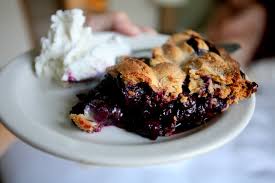

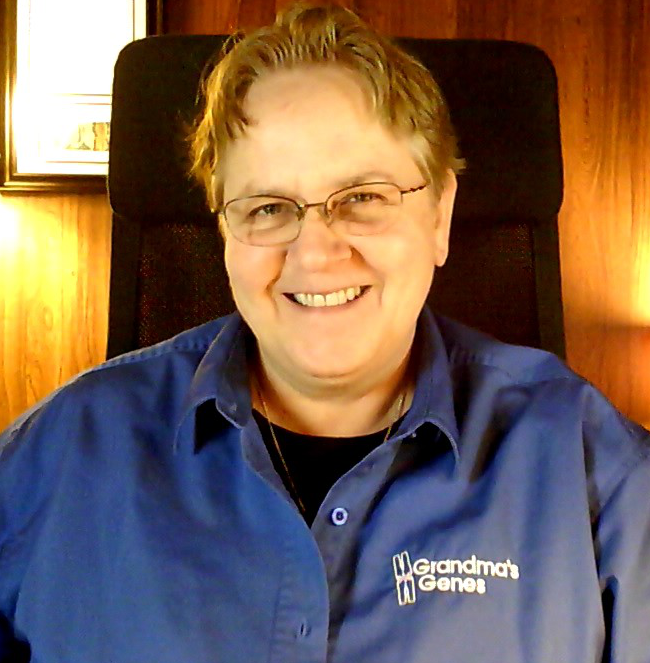
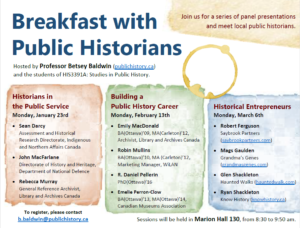
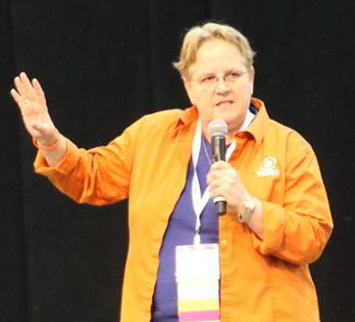
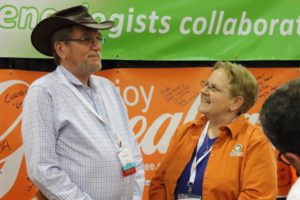
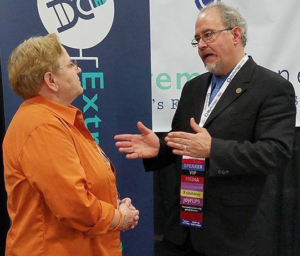
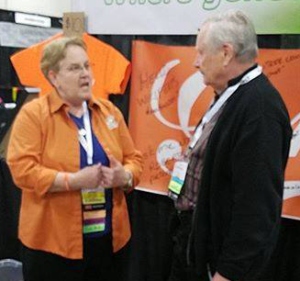
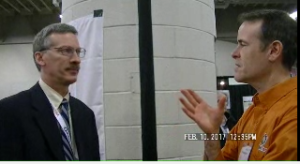
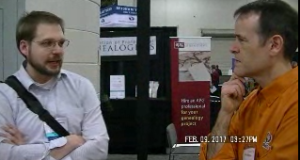
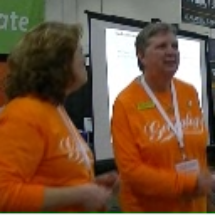
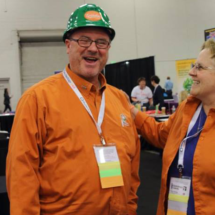

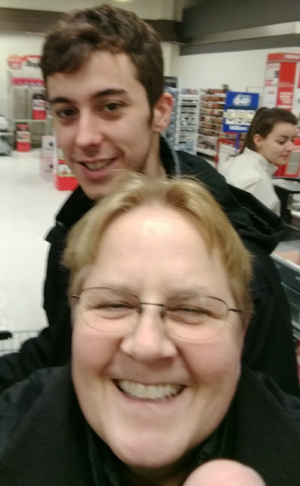
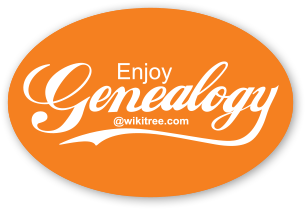
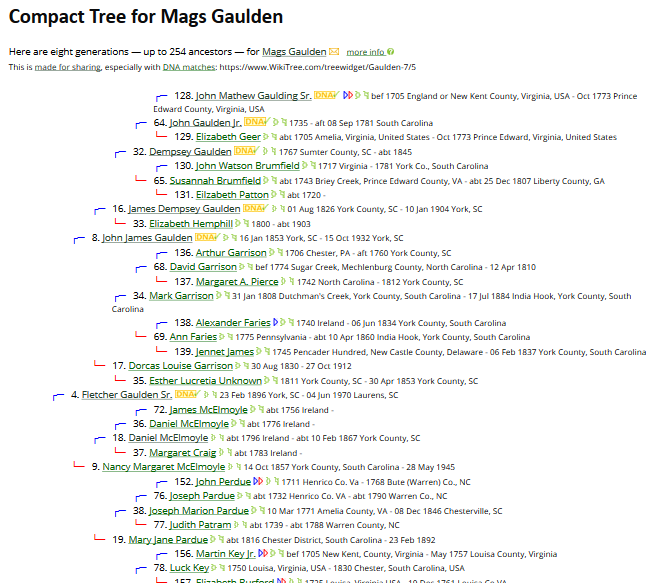
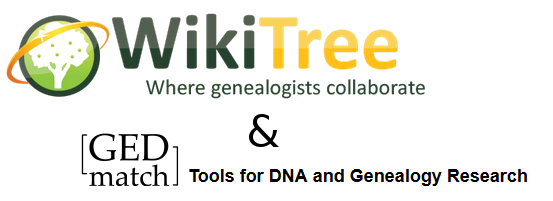

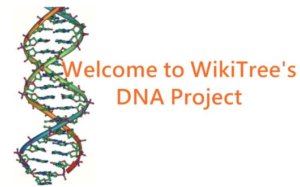 “When you post a DNA test on a WikiTree profile, WikiTree needs to be able to see the profile Family Tree tab to make DNA connections down the ancestral lines. Please be sure that the Privacy level on the profile and all of the ancestors are at a level that allows everyone to see the Family Tree tab. That is either:
“When you post a DNA test on a WikiTree profile, WikiTree needs to be able to see the profile Family Tree tab to make DNA connections down the ancestral lines. Please be sure that the Privacy level on the profile and all of the ancestors are at a level that allows everyone to see the Family Tree tab. That is either:
 YS well prepared dinners (no tv dinners for us) was a good thing. We also occasionally had cornbread made by Cammie, our nanny, housekeeper, cook and second/third mama. It was always cooked in an iron skillet and served hot from the oven. Comfort food in the extreme.
YS well prepared dinners (no tv dinners for us) was a good thing. We also occasionally had cornbread made by Cammie, our nanny, housekeeper, cook and second/third mama. It was always cooked in an iron skillet and served hot from the oven. Comfort food in the extreme.